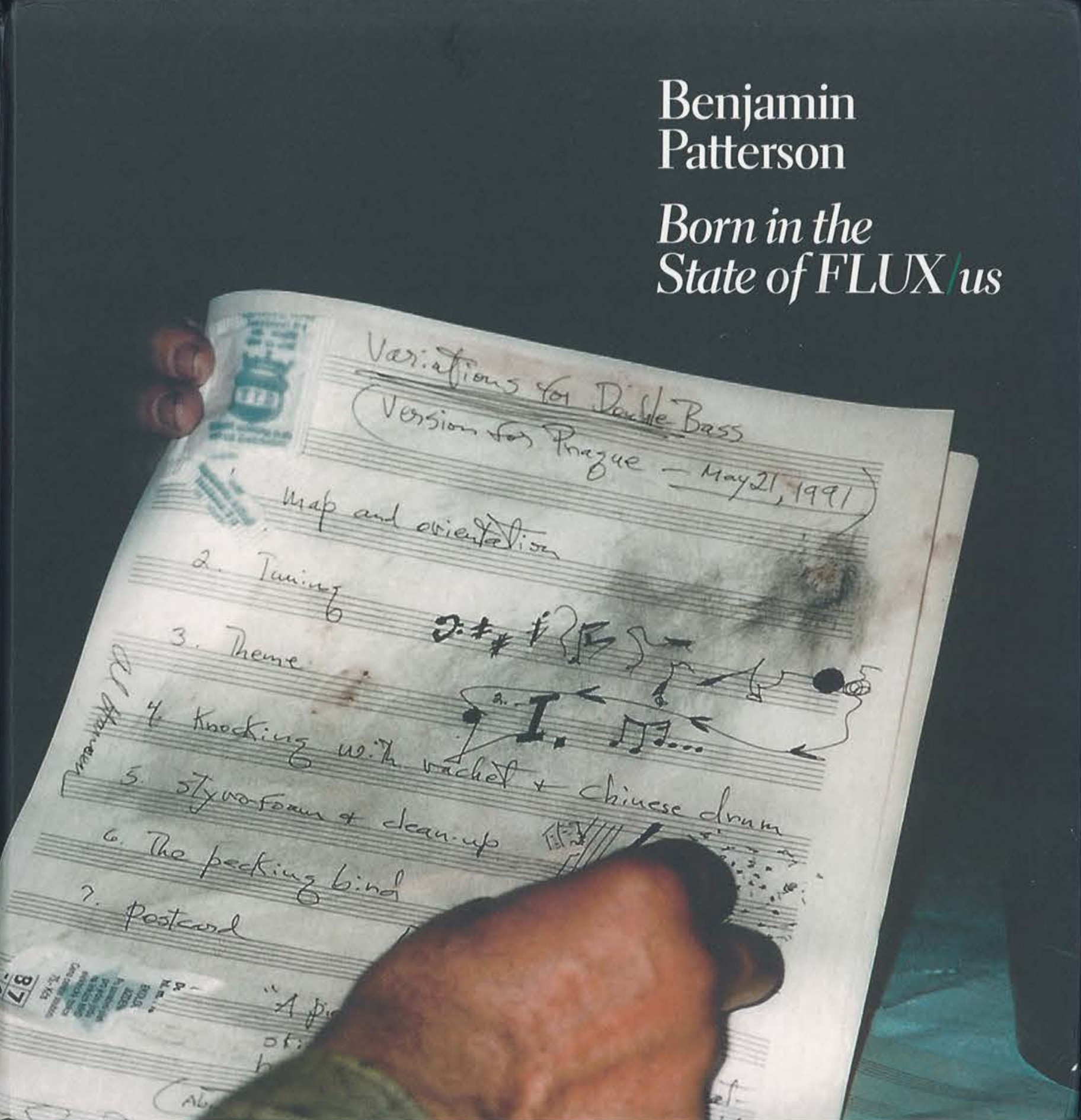Thomas McEvilley: The Triumph of Anti-Art: Conceptual and Performance Art in the Formation of Post-Modernism (2005)
Filed under book | Tags: · art history, conceptual art, dada, performance art, postmodernism

“From roughly 1965 to 1980, Conceptual Art and Performance Art took center stage throughout the western world, introducing new and complex ideas to the practice of contemporary art which reverberate to this day. Thomas McEvilley’s The Triumph of Anti-Art not only explains the origins of these controversial and compelling art forms, but also uncovers many relatively unrecognized yet indisputably important artists, American and European. He guides the reader through a thicket of seemingly arcane meanings of these nonrepresentational art form, and brings clarity to the intentions and agendas of these artists, as well as to their real world contexts. The long-term effects of “anti-art,” and the development of the pluralistic situation known as post-Modernism, are described in vivid detail.
From the Greek philosopher Diogenes, through the 19th-century German romantic tradition, to the modern art critic Clement Greenberg, McEvilley traces philosophical ideas and political impulses that temporarily led to a toppling of painting and sculpture in the decades right after World War II. Following an overview of Modernism and Marcel Duchamp’s influence, a chapter on Yves Klein sets the state for surveys of Conceptual Art and its practitioners, including Bernar Venet, John Baldessari, and Francis Alys. McEvilley then gives equal focus to Performance Art with chapters on Andy Warhol, Brian O’Doherty, and Marina Abramovic and Ulay, among others. At the end of the volume the “triumph” of “anti-art” is explored in depth, as are the origins of the terms, practices, and politics of global art history.”
Publisher McPherson & Co., Kingston, N.Y., 2005
ISBN 0929701674, 9780929701677
391 pages
Reviews: Publishers Weekly (2005), Lisa Paul Streitfeld (NY Arts, 2006).
Comment (0)Sally Banes: Greenwich Village 1963: Avant-Garde Performance and the Effervescent Body (1993)
Filed under book | Tags: · 1960s, art history, avant-garde, dance, fluxus, happening, new york, performance, performance art

“The year was 1963 and from Birmingham to Washington, D.C., from Vietnam to the Kremlin to the Berlin Wall, the world was in the throes of political upheaval and historic change. But that same year, in New York’s Greenwich Village, another kind of history and a different sort of politics were being made. This was a political history that had nothing to do with states or governments or armies–and had everything to do with art. And this is the story that Sally Banes tells, a year in the life of American culture, a year that would change American life and culture forever. It was in 1963, as Banes’s book shows us, that the Sixties really began.
Banes draws a vibrant portrait of the artists and performers who gave the 1963 Village its exhilarating force, the avant-garde whose interweaving of public and private life, work and play, art and ordinary experience, began a wholesale reworking of the social and cultural fabric of America. Among these young artists were many who went on to become acknowledged masters in their fields, including Andy Warhol, John Cage, Yoko Ono, Yvonne Rainer, Lanford Wilson, Sam Shepard, Brian de Palma, Harvey Keitel, Kate Millet, and Claes Oldenburg. In live performance–Off-Off Broadway theater, Happenings, Fluxus, and dance–as well as in Pop Art and underground film, we see this generation of artists laying the groundwork for the explosion of the counterculture in the late 1960s and the emergence of postmodernism in the 1970s. Exploring themes of community, freedom, equality, the body, and the absolute, Banes shows us how the Sixties artists, though shaped by a culture of hope and optimism, helped to galvanize a culture of criticism and change. As 1963 came to define the Sixties, so this vivid account of the year will redefine a crucial generation in recent American history.”
Publisher Duke University Press, 1993
ISBN 082231357X, 9780822313571
ix+308 pages
Reviews: Serge Guilbaut (Am Hist Rev, 1995), Marla Carlson (Theatre J, 1996), PublishersWeekly (n.d.).
PDF (100 MB, no OCR)
Comment (0)Benjamin Patterson: Born in the State of FLUX/us (2012)
Filed under catalogue | Tags: · action art, art, experimental music, fluxus, happening, music, performance, performance art, sound

“Benjamin Patterson: Born in the State of FLUX/us is a retrospective of the artist’s career, which now spans nearly fifty years. The exhibition includes both early and recent work by the artist that range from annotated scores and books to painting and sculpture. Video documentation from performances and audio files of Patterson’s music will also be featured. As a founding member of Fluxus, a loose and international collective of artists who infused avant-garde practices of the day with humor and anarchic energy, Patterson helped revolutionize the artistic landscape at the advent of the 1960s and usher in an era of new and experimental music.”
With essays by Bertrand Clavez, Charles Gaines, Jon Hendricks, George E. Lewis, Fred Moten, Benjamin Patterson, and Marcia Reed; and chronology by Meredith Goldsmith.
Edited by Valerie Cassel Oliver
Publisher Contemporary Arts Museum, Houston, 2012.
ISBN 9781933619293, 1933619295
268 pages
via publisher

